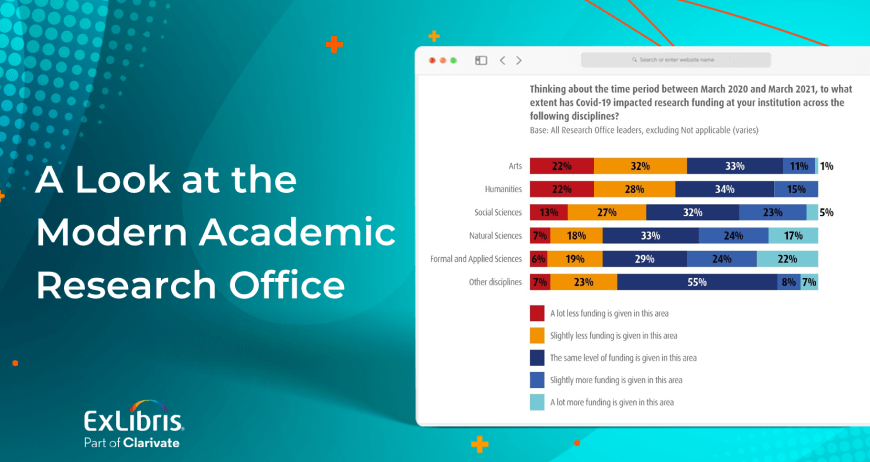Eddie Neuwirth and Adi Alter, Ex Libris
In an earlier blog post, we examined why universities need a new approach to storing and managing their research assets. This is largely because the institutional repositories that exist today aren’t meeting the needs of libraries or the research community effectively.
A next-generation research repository can help solve these challenges by making it much easier to collect, manage, promote, and track the impact of a university’s research output. The entire research community would benefit from these improvements.
Here are six key characteristics that we think such an institutional repository should include:
1. Comprehensiveness
A next-generation research repository should allow universities to collect, manage, and showcase all of their faculty output and data within a single institutional repository. To meet this requirement, it has to support a wide variety of asset types across a full range of academic disciplines. The institutional repository should not be limited to publications but should also include pre-prints, data sets, audiovisual media, creative works, computer code, blog posts, and other kinds of materials.
2. Connectedness
The ideal research repository would give universities an easy way to link research output with the data sets, presentations, blog posts, press coverage, social media mentions, awards, and other materials associated with this output. That way, anyone who is reading a faculty member’s research paper would have access not just to the paper itself, but to a wide range of information that could help them understand and make use of this scholarship more effectively. Users should be able to navigate easily from one related asset to another.
3. Openness
The ideal research repository would apply the FAIR Data Principles to make data findable, accessible, interoperable, and reusable by other researchers and institutions. It should also integrate seamlessly with a university’s existing workflows and technology systems through application programming interfaces (APIs) and well-known standards.
4. Automation
A next-generation research institutional repository should use automated processes to capture information and make it easier to deposit research assets wherever possible, reducing the workload on librarians and faculty. For instance, it should be able to identify journal articles published by faculty, capture the metadata associated with these articles, and add this research to the repository automatically wherever possible.
5. Advanced analytics
The ideal research repository would use advanced analytics to give leaders greater insight into the impact of their institution’s research. Provosts, deans, research office staff, and others should be able to glean insights that go beyond just how many papers their faculty have published in academic journals and how often these papers have been cited. For instance, leaders should be able to track faculty publications in non-academic channels as well, such as traditional and social media. They should be able to measure the impact of a variety of asset types and get an accurate picture of the research collaboration that is occurring.
6. Easy to scale and support
A next-generation research repository must be easy to scale and support. It must be able to grow with the institution as needs change. Ideally, it should be cloud-based, so universities are using the latest version automatically without having to upgrade or re-implement the institutional repository over time. It should allow library and IT staff to work more efficiently by supporting researchers instead of managing and maintaining the technology.
We believe that we have developed a next-generation research repository that meets these key criteria. Called Esploro, it is a cloud-based solution that helps universities showcase their research and measure its impact by systematically capturing, managing, and disseminating research output and data using a single, unified institutional repository.
To learn more, download our free white paper on “The Need for a Next-Generation Research Repository”.
Explore our Ex Libris library software to see what it can offer you.










